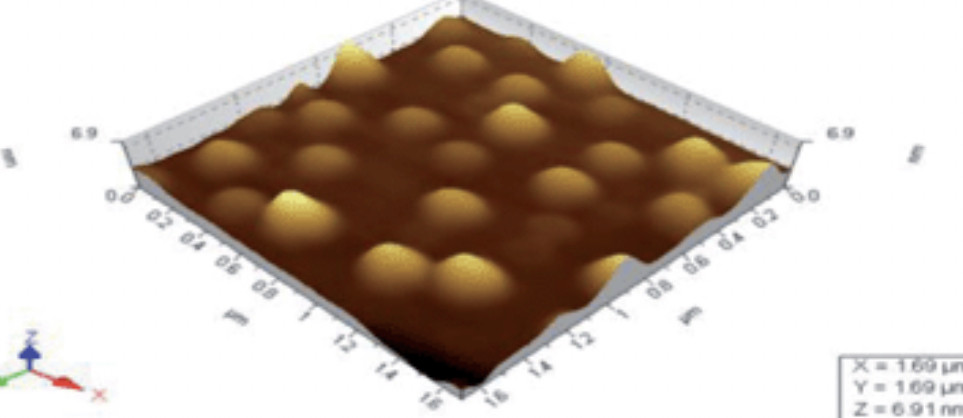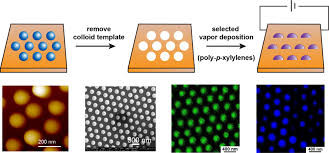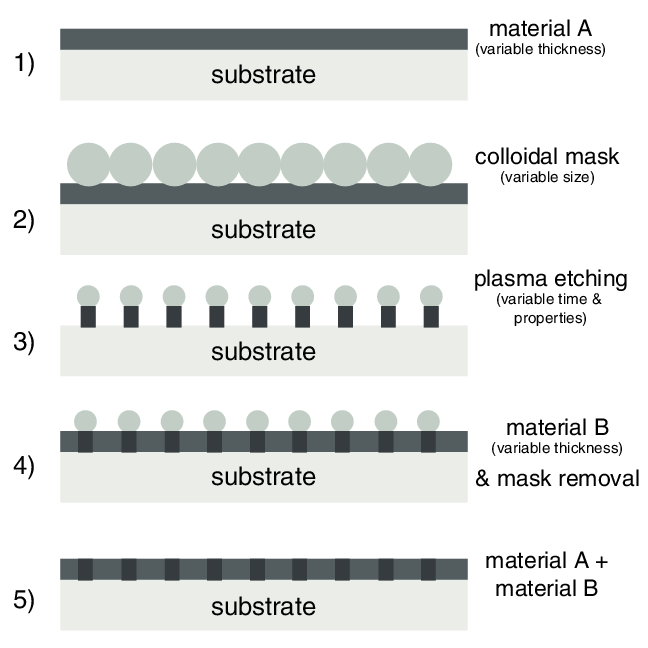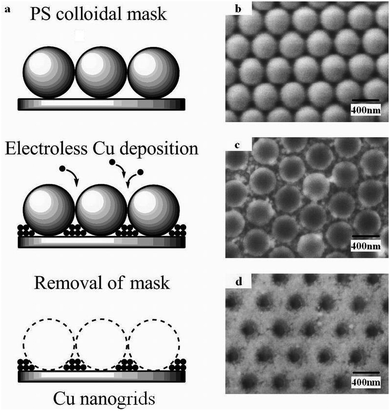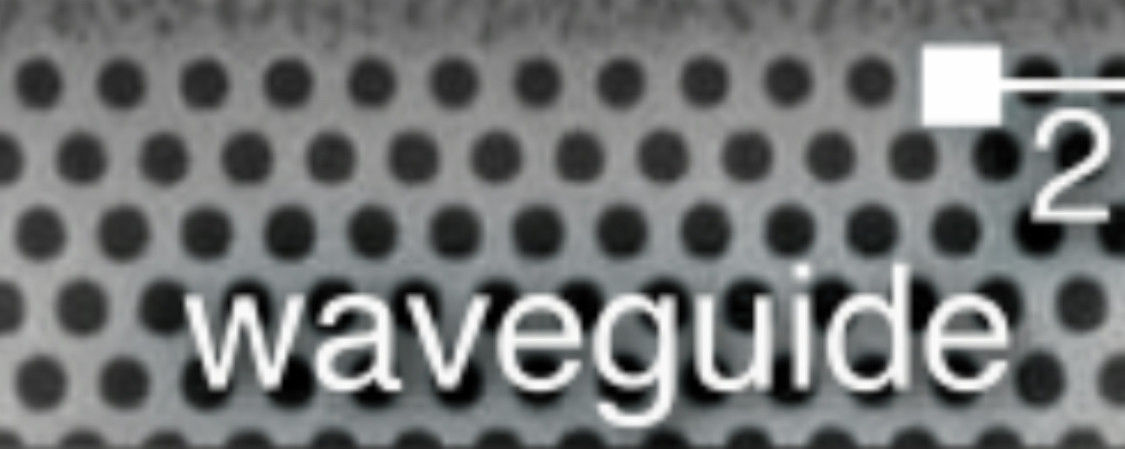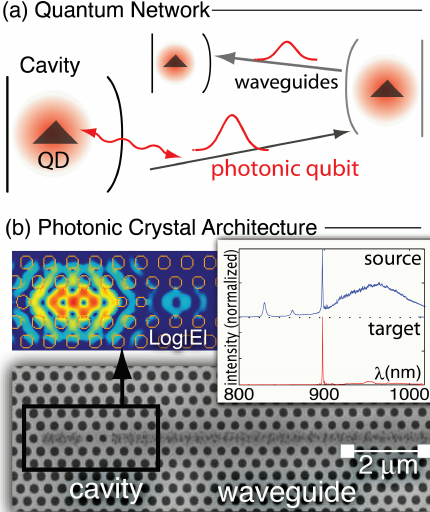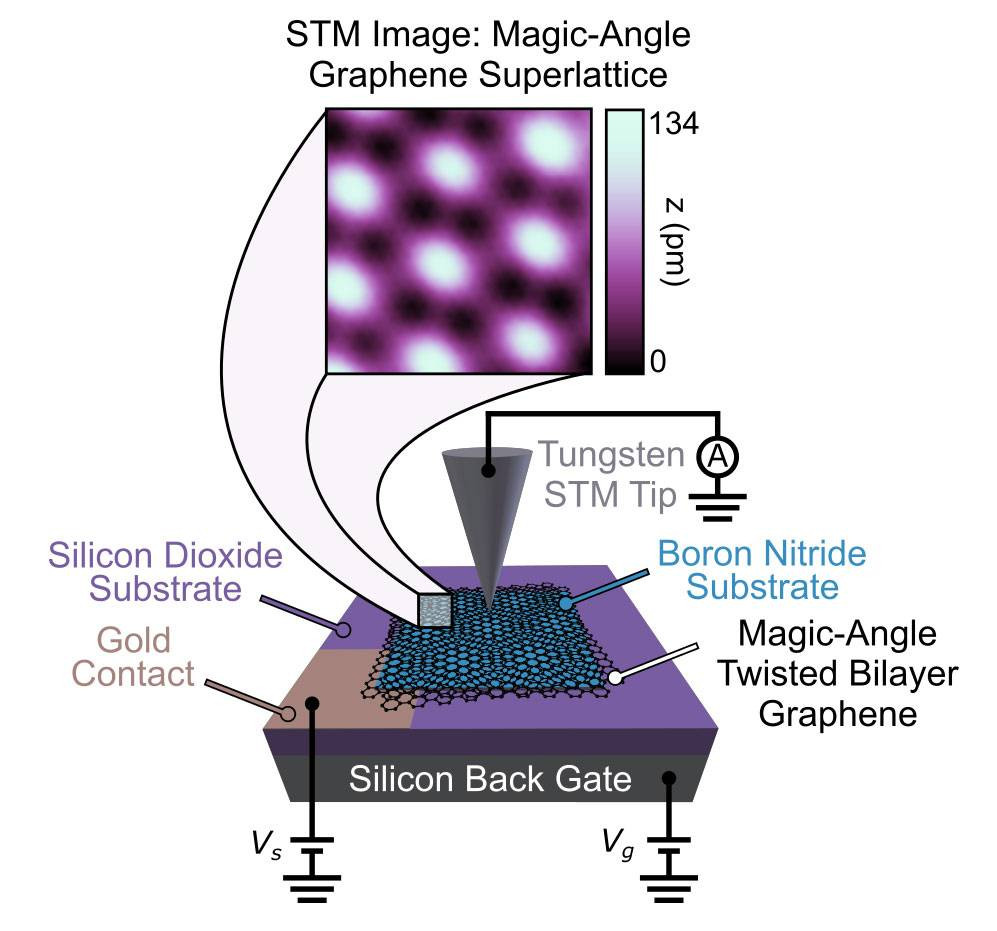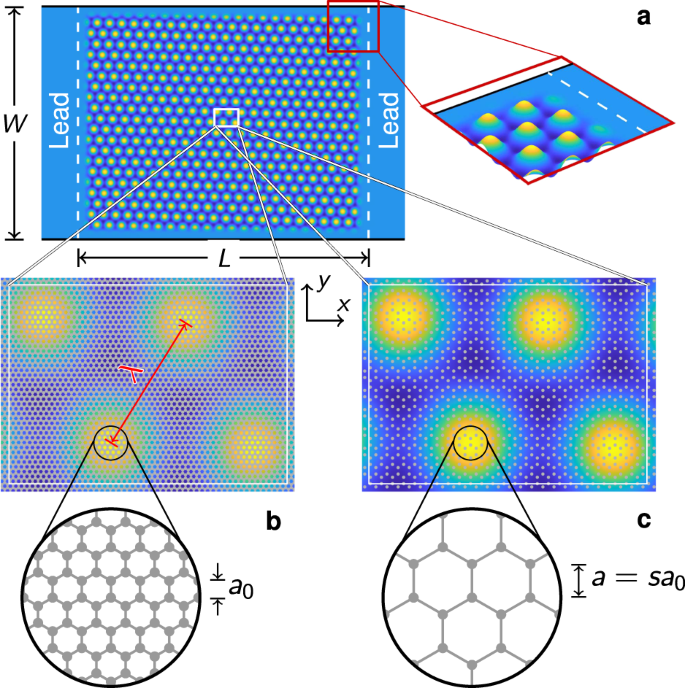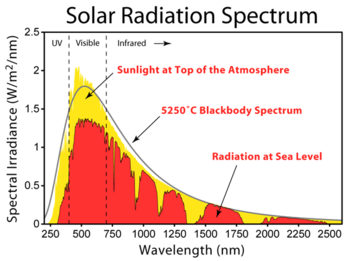Electrostatic superlattices have been known to significantly modify the electronic structure of low-dimensional materials. Studies of graphene superlattices were triggered by the discovery of moiré patterns in van der Waals stacks of graphene and hexagonal boron nitride (hBN) layers a few years ago. Very recently, gate-controllable superlattices using spatially modulated gate oxides have been achieved, allowing for Dirac band structure engineering of graphene.
Despite these rapid experimental progresses, technical advances in quantum transport simulations for large-scale graphene superlattices have been relatively limited. Here, we show that transport experiments for both graphene/hBN moiré superlattices and gate-controllable superlattices can be well reproduced by transport simulations based on a scalable tight-binding model. Our finding paves the way to tuning-parameter-free quantum transport simulations for graphene superlattices, providing reliable guides for understanding and predicting novel electric properties of complex graphene superlattice devices.
Pure blooded Patriot...Sarcastic and Blunt. My opinions are mine and if you don't like what I have to say...go somewhere else.
Interesting...I keep thinking 'anti-gravity'....Not an expert or even claiming to be close to one....but this is very intereting
An aerosol is a suspension of fine solid particles or liquid droplets in air or another gas.
Optical tweezers (originally called single-beam gradient force trap) are scientific instruments that use a highly focused laser beam to hold and move the microscopic and sub-microscopic objects like atoms, nanoparticles and droplets, in a manner similar to tweezers.
Harmonics generation in water droplets of 20 m m typical radius, induced by femtosecond laser pulses at 800 nm. (a) Experimental arrangement. A droplet generator is synchronized with a femtosecond laser so that each droplet is illuminated by a single laser pulse (b) SHG: 800 nm - 400 nm, (c) SFG: 400 nm + 800 nm - 266 nm, and (d) THG: 800 nm - 266 nm (Fig. 1(d) from ref. 45).
Acoustic levitation is a method for suspending matter in air against gravity using acoustic radiation pressure from high intensity sound waves. It works on the same principles as acoustic tweezers by harnessing acoustic radiation forces.
Microbial aerosol refers to the stable colloidal system of microorganisms floating in air in the state of a single cell suspension or fused with dry solid or liquid particles. If the microorganism is a virus, it is called a virus aerosol (12, 13).
Fog is a colloid since it is a heterogeneous mixture of water, air and suspension particles.
Typical colloidal nanoparticle sols are aqueous or alcoholic solutions/suspensions of oxide nanoparticles with sizes of a few nanometers to tens of nanometers.
Cloud-aerosol interactions in the Earth’s atmosphere have several important effects on weather and climate system. First of all, these interactions can change size distribution of aerosols, whose impact on both incoming shortwave and outgoing longwave radiations are evidenced1,2,3. Secondly, more than 50% of Earth’s precipitation originates in the ice phase4 and particles that can serve as ice nuclei (IN) are essential in microphysics of cloud and precipitation. In addition, nowadays humans try to modify clouds in order to increase his water resources, and in this context artificial aerosols that contribute in cloud microphysics are desired in cloud seeding. So the aerosol-cloud interactions and consequently their effects on weather, climate and climate change are among important environmental global issues3,4,5.
The process of ice nucleation occurs when small ice crystal embryos form on membrane proteins that act as nucleation sites. These facilitate the aligning of water molecules, which promotes freezing. One ice crystals have formed plants are burdened with a myriad of growth implications and tissue damage.
Hard frost in winter can cause the leaves of hardy evergreen plants to be scorched and turn brown, and may eventually lead to the death of the plant, e.g. bay and pittosporum. The foliage of tender perennials e.g. dahlia and canna may be blackened by the first frost of autumn. Stems usually collapse.
Ice crystals are solid ice exhibiting atomic ordering on various length scales and include hexagonal columns, hexagonal plates, dendritic crystals, and diamond dust.
Tobacco mosaic virus (TMV) is a positive-sense single-stranded RNA virus species in the genus Tobamovirus that infects a wide range of plants, especially tobacco and other members of the family Solanaceae. The infection causes characteristic patterns, such as "mosaic"-like mottling and discoloration on the leaves (hence the name). TMV was the first virus to be discovered. Although it was known from the late 19th century that a non-bacterial infectious disease was damaging tobacco crops, it was not until 1930 that the infectious agent was determined to be a virus. It is the first pathogen identified as a virus. The virus was crystallised by W.M. Stanley.
Superparamagnetism is a form of magnetism which appears in small ferromagnetic or ferrimagnetic nanoparticles. In sufficiently small nanoparticles, magnetization can randomly flip direction under the influence of temperature. The typical time between two flips is called the Néel relaxation time.
A colloidal crystal is a highly ordered array of particles which can be formed over a long range (to about a centimeter). Arrays such as this appear to be analogous to their atomic or molecular counterparts with proper scaling considerations.
A dopant, also called a doping agent, is a trace of impurity element that is introduced into a chemical material to alter its original electrical or optical properties. The amount of dopant necessary to cause changes is typically very low. When doped into crystalline substances, the dopant's atoms get incorporated into its crystal lattice. The crystalline materials are frequently either crystals of a semiconductor such as silicon and germanium for use in solid-state electronics, or transparent crystals for use in the production of various laser types; however, in some cases of the latter, noncrystalline substances such as glass can also be doped with impurities.
In solid-state electronics using the proper types and amounts of dopants in semiconductors is what produces the p-type semiconductors and n-type semiconductors that are essential for making transistors and diodes.
We report a novel form of planar magnetic colloidal crystals formed by coated magnetic microspheres floating on a liquid meniscus. Under an external magnetic field, the balance between the repulsive magnetic interaction and the “attractive” interaction, due to the weight of the particles projected along the surface tangent, yields not only the triangular lattice with a variable lattice constant, but also all the other planar crystal symmetries such as the oblique, centered-rectangular, rectangular, and square lattices. By using two different sized magnetic particles, local formations of 2D quasicrystallites with fivefold symmetry are also observed.
Superparamagnetic Iron Oxide Nanoparticle
Superparamagnetic iron oxide nanoparticles (SPIONs) are a type of MNP that show magnetic properties in the presence of an external magnetic field.
Iron (/ˈaɪərn/) is a chemical element with symbol Fe (from Latin: ferrum) and atomic number 26. It is a metal that belongs to the first transition series and group 8 of the periodic table. It is, by mass, the most common element on Earth, right in front of oxygen (32.1% and 30.1%, respectively), forming much of Earth's outer and inner core. It is the fourth most common element in the Earth's crust.
Tiny particles of iron oxide can have their surface chemistry manipulated to make them soluble in water and so more useful in medical applications. Iron oxide nanoparticles have potential for drug delivery and as contrast agents for magnetic resonance imaging, but they are generally made in organic solvents, and keeping them stable and soluble in the body's aqueous environment has proved difficult.
A team involving Oxford University scientists has, for the first time, discovered tiny magnetic particles from air pollution lodged in human brains – and researchers think they could be a possible cause of Alzheimer's disease.
The surfaces of iron oxide nanoparticles are capable of catalytically generating reactive oxygen species (ROS) through the Fenton and Haber-Weiss reactions. Fenton chemistry has been shown to be temperature dependent with an increase in activity up to 40 °C and then a decrease above this temperature as the hydrogen peroxide degrades into oxygen and water which limits the reaction. When exposed to an alternating magnetic field (AMF), iron oxide nanoparticles absorb the energy from the magnetic field and convert it into heat. In this study, we observed an increase in the degradation of methylene blue when a suspension of magnetite nanoparticles (Fe3O4) was exposed to an AMF indicating there was an increase in the ROS generation in response to the AMF.
The increase in ROS generation compared to the Arrhenius prediction was both time and concentration dependent; in which we observed a decrease in ROS enhancement with increased time of exposure and concentration. We postulate that the decrease is due to agglomeration in the presence of the field. As the nanoparticles agglomerate, there is a decrease in surface area per mass limiting the reaction rate.
Ultrasonic de-agglomeration and dispersion of oxides is important for a range of applications. In particular, in liquid metal, this is one of the ways to produce metal-matrix composites reinforced with micron and nano sized particles. The associated mechanism through which the de-agglomeration occurs has, however, only been conceptualized theoretically and not yet been validated with experimental observations. In this paper, the influence of ultrasonic cavitation on SiO2 and MgO agglomerates (commonly found in lightweight alloys as reinforcements) with individual particle sizes ranging between 0.5 and 10 μm was observed for the first time in-situ using high-speed imaging. Owing to the opacity of liquid metals, a de-agglomeration imaging experiment was carried out in de-ionised water with sequences captured at frame rates up to 50 kfps.
"commonly found in lightweight alloys as reinforcements"
Alloy steel is steel that is alloyed with a variety of elements in total amounts between 1.0% and 50% by weight to improve its mechanical properties. Alloy steels are broken down into two groups: low alloy steels and high alloy steels. The difference between the two is disputed.
Nanoparticles generally improve mechanical, durability properties of concrete. Effects on workability, air content, and setting times of concrete are varied. Dispersion is important for utilizing the unique reactivity of nanoparticles. Reducing the cost of nano-scale additives is a vital facet of commercial viability.
Smartdust[1] is a system of many tiny microelectromechanical systems (MEMS) such as sensors, robots, or other devices, that can detect, for example, light, temperature, vibration, magnetism, or chemicals. They are usually operated on a computer network wirelessly and are distributed over some area to perform tasks, usually sensing through radio-frequency identification. Without an antenna of much greater size the range of tiny smart dust communication devices is measured in a few millimeters and they may be vulnerable to electromagnetic disablement and destruction by microwave exposure.
The term nantenna (nano-antenna) is sometimes used to refer to either an optical rectenna, or an optical antenna by itself. Currently, Idaho National Laboratories has designed an optical antenna to absorb wavelengths in the range of 3–15 μm.[4] These wavelengths correspond to photon energies of 0.4 eV down to 0.08 eV. Based on antenna theory, an optical antenna can absorb any wavelength of light efficiently provided that the size of the antenna is optimized for that specific wavelength. Ideally, antennas would be used to absorb light at wavelengths between 0.4 and 1.6 μm because these wavelengths have higher energy than far-infrared (longer wavelengths) and make up about 85% of the solar radiation spectrum[5] (see Figure 1).
A Microsphere is a small spherical microparticle, with diameters typically ranging from 1 μm to 1000 μm (1 mm). Specific types include Glass microsphere, Polyethylene microspheres, Expandable microsphere, microbeads, microbead (research), luminiscent microspheres, and Optical microsphere.
The term whispering gallery mode (WGM) was first introduced to describe the curvilinear propagation of sound waves under a cathedral dome. The physical concept has now been generalized to include light waves that are continuously reflected along the closed concave surface of an optical cavity such as a glass microsphere. The circular path of the internally reflected light results in constructive interference and optical resonance, a morphology-dependent resonance that is suitable for interferometric sensing. WGM resonators are miniature micro-interferometers that use the multiple-cavity passes of light for very sensitive measurements at the microscale and nanoscale, including single-molecule and ion measurements.
This Primer introduces various WGM sensors based on glass microspheres, microtoroids, microcapillaries and silicon microrings. We describe the sensing mechanisms, including mode splitting and resonance shift, exceptional-point-enhanced sensing and optomechanical and optoplasmonic signal transductions. Applications and experimental results cover in vivo and single-molecule sensing, gyroscopes and microcavity quantum electrodynamics. We also discuss data analysis methods and the limitations of WGM techniques. Finally, we provide an outlook for molecule, in vivo and quantum sensing.
The Sagnac effect is a phase shift observed between two beams of light traversing in opposite directions the same closed path around a rotating object. A description of this experiment is obtained within the context of general relativity. In this context the effect provides an operational definition of rotation.
A permanent magnet in such a field will rotate so as to maintain its alignment with the external field. This effect was utilized in early alternating-current electric motors. A rotating magnetic field can be constructed using two orthogonal coils with a 90-degree phase difference in their alternating currents.
Anti-gravity (also known as non-gravitational field) is a hypothetical phenomenon of creating a place or object that is free from the force of gravity.
An ion trap is a combination of electric or magnetic fields used to capture charged particles — known as ions — often in a system isolated from an external environment. Ion traps have a number of scientific uses such as mass spectrometry, basic physics research, and controlling quantum states
Nowadays, nanomaterials in liquid crystals and their possible applications in the design of tunable, responsive, and wearable devices are among the most promising research directions. In the majority of cases, all liquid crystal based devices have one thing in common; namely, they are driven by electric fields. This type of device driving can be altered by minor amounts of ions typically present in liquid crystal materials. Therefore, it is very important to understand how nanodopants can affect ions in liquid crystals. In this paper, a recently developed model of contaminated nanoparticles is applied to existing experimental data. The presented analysis unambiguously indicates that, in general, nanomaterials in liquid crystals can behave as a source of ions or as ion traps. Physical factors determining the type of the nanoparticle behaviour and their effects on the concentration of ions in liquid crystals are discussed.
The main idea of liquid lenses is to mimic the optical mechanism of the crystalline lenses of human eyes. Liquid lenses function by changing the curvature of the isotropic liquid inside lens.
Crystalline silicon is the dominant semiconducting material used in photovoltaic technology for the production of solar cells. These cells are assembled into solar panels as part of a photovoltaic system to generate solar power from sunlight.
A research team headed by Christopher Dirdal from SINTEF Smart Sensors and Microsystems in Norway has created a metasurface lens that uses a piezoelectric thin film to change focal length when a small voltage is applied. Because it is extremely compact and lightweight, the lens could be useful for portable medical diagnostic instruments, drone-based 3D mapping, and other applications bolstered by the miniaturization of components.
Piezoelectric materials can convert mechanical energy into electrical energy1,2, and piezoelectric devices made of a variety of inorganic materials3,4,5 and organic polymers6 have been demonstrated. However, synthesizing such materials often requires toxic starting compounds, harsh conditions and/or complex procedures7. Previously, it was shown that hierarchically organized natural materials such as bones8, collagen fibrils9,10 and peptide nanotubes11,12 can display piezoelectric properties.
Here, we demonstrate that the piezoelectric and liquid-crystalline properties of M13 bacteriophage (phage) can be used to generate electrical energy. Using piezoresponse force microscopy, we characterize the structure-dependent piezoelectric properties of the phage at the molecular level. We then show that self-assembled thin films of phage can exhibit piezoelectric strengths of up to 7.8 pm V−1. We also demonstrate that it is possible to modulate the dipole strength of the phage, hence tuning the piezoelectric response, by genetically engineering the major coat proteins of the phage. Finally, we develop a phage-based piezoelectric generator that produces up to 6 nA of current and 400 mV of potential and use it to operate a liquid-crystal display. Because biotechnology techniques enable large-scale production of genetically modified phages, phage-based piezoelectric materials potentially offer a simple and environmentally friendly approach to piezoelectric energy generation.
A liquid-crystal display is a flat-panel display or other electronically modulated optical device that uses the light-modulating properties of liquid crystals combined with polarizers. Liquid crystals do not emit light directly, instead using a backlight or reflector to produce images in color or monochrome.
Nanoparticle-based Technologies for Retinal Gene Therapy
For patients with hereditary retinal diseases, retinal gene therapy offers significant promise for the prevention of retinal degeneration. While adeno-associated virus (AAV)-based systems remain the most popular gene delivery method due to their high ...
https://www.ncbi.nlm.nih.gov/pmc/articles/PMC4499495/
